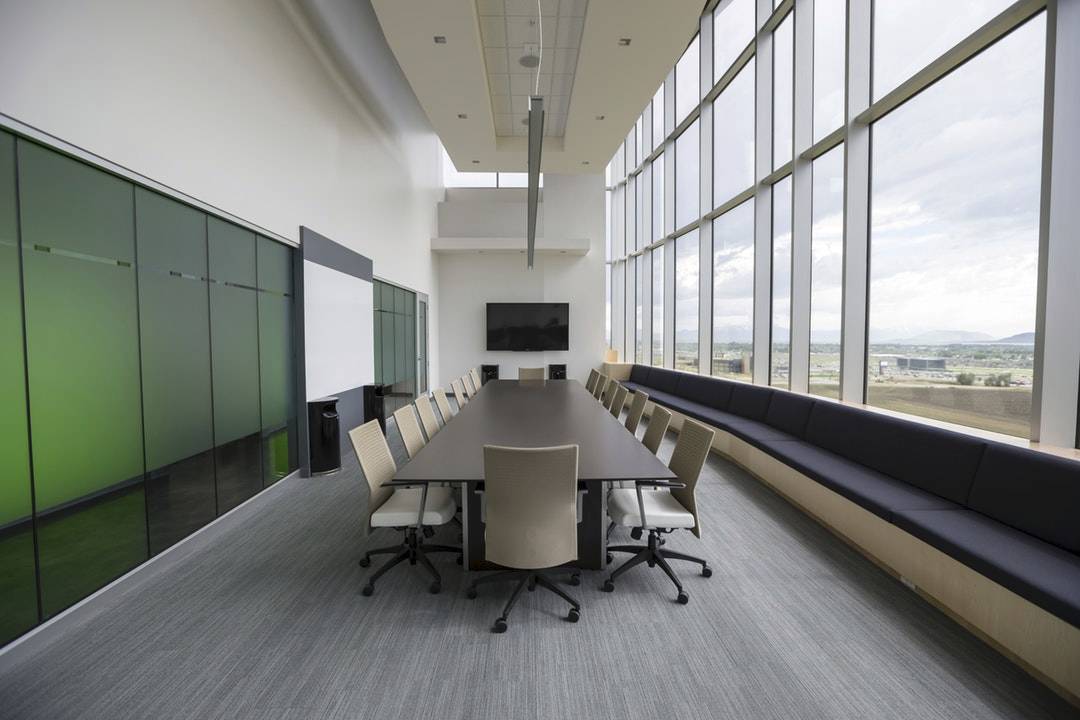Commercial spaces serve as bustling hubs where business activities thrive, shaping the interaction between brands, customers, and employees. The design of these environments goes beyond aesthetics; it plays a crucial role in defining user experience and operational efficiency.
From retail stores that entice shoppers with inviting layouts to offices that foster collaboration and creativity, the strategic balance between form and function is essential. In this article, we will explore the key design principles for commercial spaces that achieve both form and function.
Effective Space Planning
Effective space planning is the cornerstone of successful commercial design, ensuring that every square foot is utilized to its fullest potential. A commercial architect must assess the specific needs of the business and its clientele, creating layouts that facilitate smooth workflows and enhance customer experiences.
This involves understanding traffic patterns, zoning areas for different activities, and providing adequate room for movement, accessibility, and comfort. By developing a thoughtful space plan, the architect can significantly influence the functionality and appeal of a commercial space.
Moreover, consideration of flexible space solutions is critical in today’s dynamic business environment. Commercial architects should incorporate adaptive design elements that allow areas to be easily reconfigured or repurposed as needs change.
This approach not only maximizes the longevity of the space but also supports innovation and growth, making it easier for businesses to respond to market demands. By prioritizing effective space planning, a commercial architect can create environments that are not only visually attractive but also strategically functional.
Strategic Branding
Strategic branding in commercial spaces goes beyond mere logos and signage; it encompasses the overall atmosphere and experience a space conveys. A well-designed commercial environment serves as a physical representation of a brand’s identity, values, and mission.
By integrating brand elements into the spatial design—through color schemes, materials, and layout—businesses can create a cohesive narrative that resonates with customers. This not only enhances recognition but also fosters emotional connections, inviting patrons to immerse themselves in the brand’s story.
Strategic branding is crucial for differentiation in a competitive market. By developing unique design elements that capture the brand’s essence, businesses can stand out and attract their target audience. Well-designed spaces can evoke specific feelings and connections, helping customers feel aligned with the brand. When branding is integrated into the design of a commercial space, it creates a memorable customer experience that fosters loyalty and engagement.
Attention to Detail
Attention to detail in commercial space design is crucial for enhancing the user experience. Elements like lighting, textures, and furnishings greatly influence the ambiance and functionality. For example, strategically placed light fixtures can create inviting areas or highlight merchandise, guiding customer flow and focus. Choosing durable yet visually appealing materials fosters a sense of quality and reflects the brand’s commitment to excellence.
The detail-oriented design also includes the functionality of spaces. Accessibility features like ramps and wide pathways should be integrated into the design without compromising visual appeal. Likewise, signage and wayfinding systems need to be intuitive and align with the overall design, ensuring customers can easily navigate the area.
By carefully addressing these elements, commercial designers create environments that look polished while enhancing customer satisfaction and operational efficiency.
Integration of Technology
Technology has become an integral part of modern-day businesses, and its integration into commercial space design is crucial. In today’s digital age, customers expect seamless connectivity, whether it’s for online transactions or accessing product information. Proper planning for technology infrastructure is necessary to support these demands while minimizing clutter and maintaining a cohesive design.
Effective use of technology in commercial spaces can also enhance the overall customer experience. For example, touch-screen displays at retail stores can provide interactive product information, making shopping a more engaging and informative experience. Similarly, incorporating smart systems like automated lighting and temperature control not only creates energy efficiency but also improves user comfort.
Sustainability Measures
Sustainability has become a top priority for businesses and consumers alike, making it a crucial consideration in commercial space design. Incorporating sustainable materials and practices not only reduces the environmental impact but also enhances the brand’s reputation.
By utilizing elements like energy-efficient lighting, renewable materials, and water-saving fixtures, businesses can showcase their commitment to sustainability while reducing operational costs.
Furthermore, incorporating biophilic design principles into commercial spaces can have numerous benefits. Biophilic design utilizes natural elements such as plants and natural light to create a connection with nature, resulting in reduced stress levels and increased productivity among employees. It also adds aesthetic appeal to the space while promoting environmental awareness.
Collaborative Environments
Creating collaborative environments within commercial spaces is essential for fostering teamwork and innovation. Modern businesses thrive on collaboration, and the design should encourage interactions among employees as well as between staff and customers.
Open floor plans, communal areas, and adaptable meeting spaces can promote spontaneous discussions and brainstorming sessions, breaking down silos that may exist within more traditional layouts.
In addition to physical configurations, flexible furniture arrangements can support varied working styles, enabling teams to adapt spaces for specific projects or tasks.
Technology is crucial; equipping these collaborative areas with video conferencing tools and easy access to digital resources enhances connectivity. By prioritizing collaborative environments, commercial designers improve workflow and foster a culture of creativity and community in the workplace.
Enhanced Customer Experience
Enhancing customer experience in commercial spaces is crucial for creating lasting impressions and fostering loyalty. Designers should consider every aspect of the customer journey, from entry to interactions with products and staff.
This involves thoughtful layouts that prioritize movement and accessibility, along with sensory elements like color, sound, and aroma, which create an inviting atmosphere that encourages exploration and engagement.
Integrating customer feedback into the design process can lead to improvements that directly meet consumer needs. Features like comfortable seating, interactive displays, and attentive service can significantly enhance the overall experience. By focusing on customer experience, commercial spaces cater to preferences and establish themselves as memorable destinations for business, paving the way for success.
Designing commercial spaces is a complex task that goes beyond aesthetics; it involves creating environments that effectively serve both businesses and their customers. A successful commercial space blends functionality with user experience, enhancing operational efficiency, brand identity, and customer satisfaction.
As commercial design evolves, focusing on flexibility, sustainability, and technology will be crucial in meeting the demands of today’s marketplace and future innovations. By addressing these factors, businesses can ensure their spaces remain relevant, engaging, and aligned with their goals.




